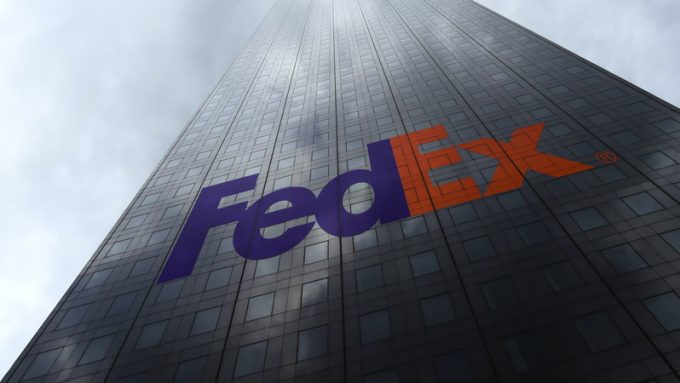Small businesses fearful as DOGE has USPS revamp in its sights
The news that postmaster general Louis DeJoy invited the US Department of Government Efficiency (DOGE) ...

Soft market conditions blunted FedEx’s first-quarter results, but management is confident that its rate increases will get traction.
The integrator has announced a general rate increase (GRI) of 5.9% for the coming year, which will kick in on 6 January.
In addition, as usual, it is raising surcharges, which pushes cost increases for shippers well above 5.9% – but there is usually room for negotiated discounts.
However, market conditions do not look favourable for significant rate hikes. FedEx’s results for the first quarter ...
Volcanic disruption at Anchorage could hit transpacific airfreight operations
Macron calls for ‘suspension’ – CMA CGM's $20bn US investment in doubt
Forwarders stay cool as US 'liberation day' tariffs threaten 'global trade war'
Shippers snap up airfreight capacity to US ahead of tariff deadline
De minimis exemption on shipments from China to the US will end in May
Tighter EU import requirements proving 'a challenge' for forwarders
Looming Trump tariffs will create 'a bureaucratic monster' for Customs

Comment on this article